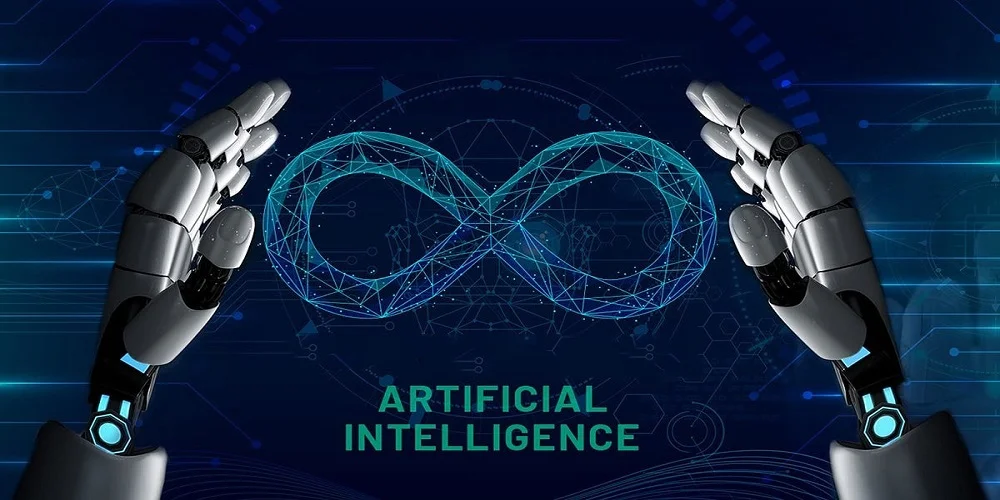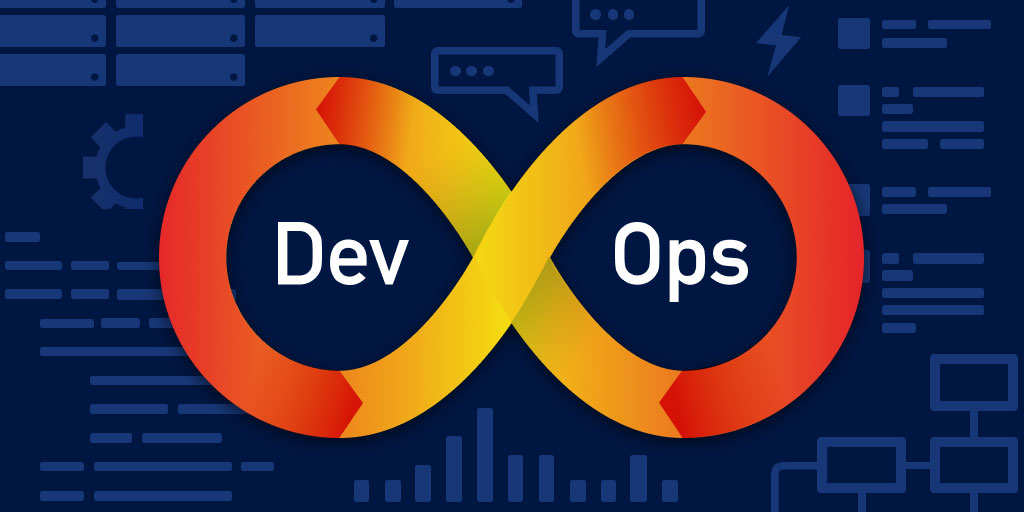In the World of
DevOps Services, SLI, SLO, and SLA are important concepts in site reliability engineering. They help measure service quality and clarify what users can expect from software applications, and they are important in ensuring smooth operations, especially when working with cloud platforms like
Azure DevOps consultants often do.
1. Service Level Indicator (SLI)
An SLI is a metric showing how an application is performing. It is helpful to monitor the application’s health and adjust it as per the business’s needs. For example:
- Availability: Percentage of uptime.
- Latency: Speed of responses.
- Error Rate: Frequency of errors.
- Throughput: Number of transactions handled.
- Resource Utilization: How much CPU and memory the service uses.
2. Service Level Objective (SLO)
An SLO sets target values for SLIs. It tells what level of performance the application aims to achieve. For example:
- 99.9% uptime for minimal interruptions.
- 95% of requests under 200 ms.
- Error rate maintained at 0.1%.
- Throughput of 1000 requests per second.
3. Service Level Agreement (SLA)
An SLA is a contract containing the expected service level between the service and the customer. It contains certain SLOs and consequences for failing to achieve them. Key components of an SLA include:
- Service Scope: What services are included and excluded in the SLA.
- Performance Metrics: The SLIs and SLOs used to measure performance.
- Responsibilities: Duties of both the provider and the customer.
- Compensation Terms: What happens if SLOs are not met, such as refunds or service credits?
- Monitoring and Reporting: How performance will be tracked and reported.
- Review Process: How often the SLA will be updated?
4. Key Principles
It is important to understand these goals for better management of the application/service. Key principles include:
- Measurable: SLIs should be clear and easy to track.
- Realistic: SLOs should be achievable based on past performance.
- Transparent: SLIs and SLOs should be communicated to everyone.
- Accountable: SLAs should outline consequences if service levels are not met.
- Frequent review of SLIs, SLOs, and SLAs helps to improve service quality.
- Centered around the customer: The main goal should be to improve user happiness.
5. Key Components
Successful SLIs, SLOs, and SLAs depend on several components:
- Metrics: Choosing the right SLIs that reflect important service aspects.
- Targets: Clearly defined SLOs for success.
- Monitoring: Continuously tracking SLIs.
- Reporting: Regularly sharing performance reports.
- Remediation: Having a plan for addressing performance failures.
- Continuous Improvement: Regular reviews help adapt to changing needs.
6. Key Scenarios / Use Cases
Examples of where SLIs, SLOs, and SLAs are important:
- Cloud Service Providers: Providers like AWS and Azure set SLIs and SLAs for service reliability.
- Software Development Services: Teams set SLOs to ensure delivered features meet quality standards.
- IT Operations: IT teams monitor SLIs to meet their SLOs for critical systems.
- Customer Support: SLAs define response times for support services.
- Incident Management: SLIs for quick response to critical incidents.
7. Challenges in Implementing SLIs, SLOs, and SLAs
Some challenges organizations face include:
- Defining Relevant SLIs: Picking the right SLIs can be tough.
- Setting Realistic SLOs: Balancing ambition and achievability in targets.
- Maintaining Transparency: Keeping everyone informed about SLIs and SLOs.
- Measuring Performance: Using the right tools to track SLIs.
- Adapting to Change: SLIs and SLOs are adjusted as the user needs to evolve.
8. Conclusion
In summary, SLIs, SLOs, and SLAs are important for managing service quality. By setting clear metrics and expectations, businesses can meet user needs and improve performance over time, building trust and success in service delivery.



